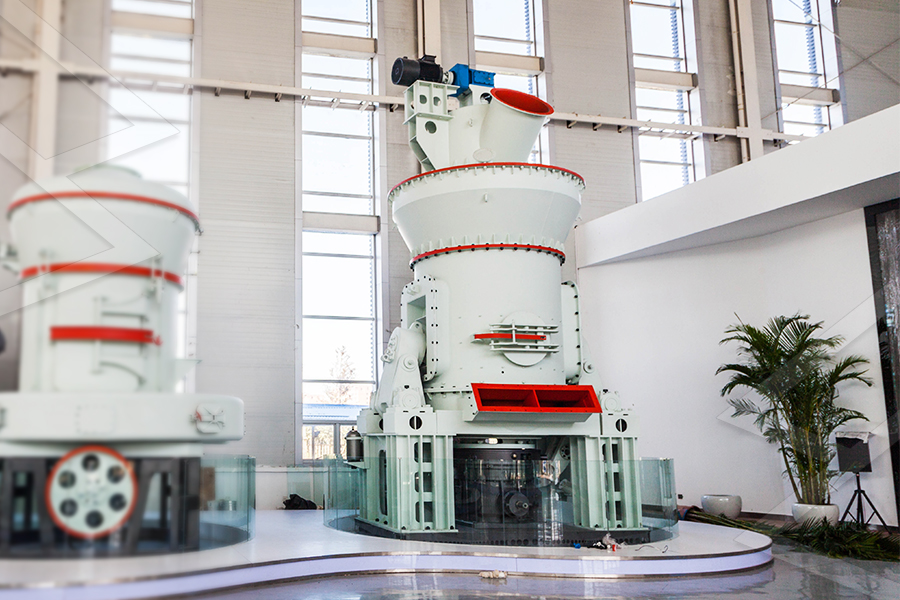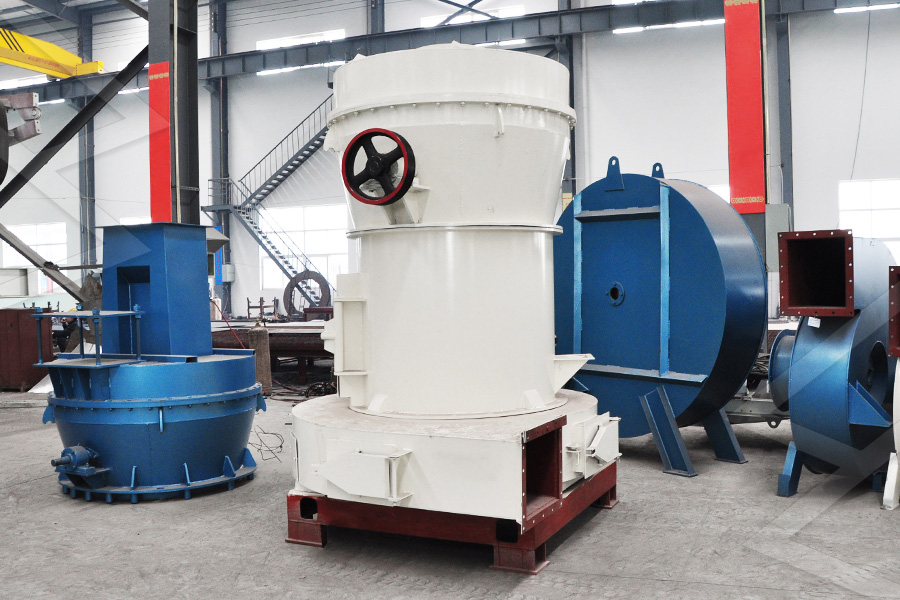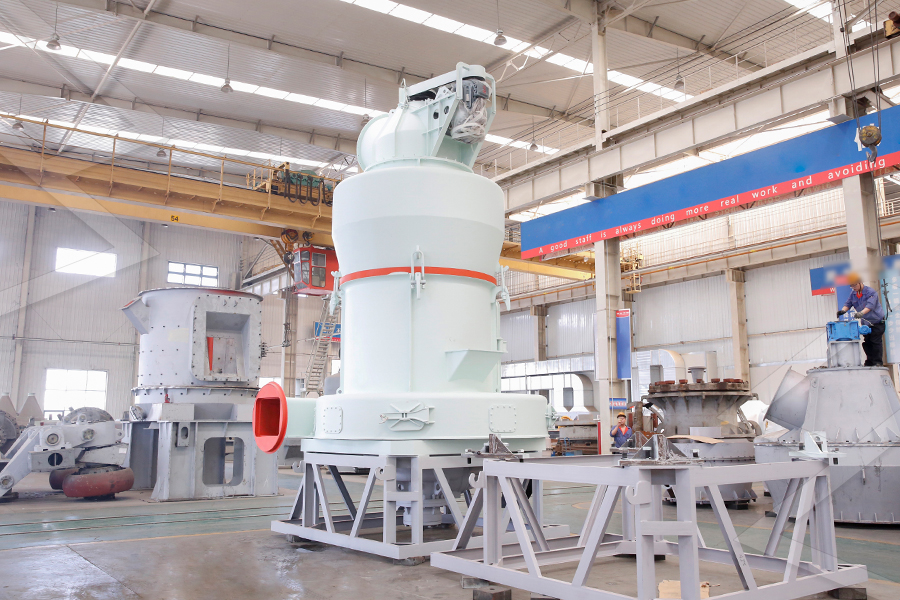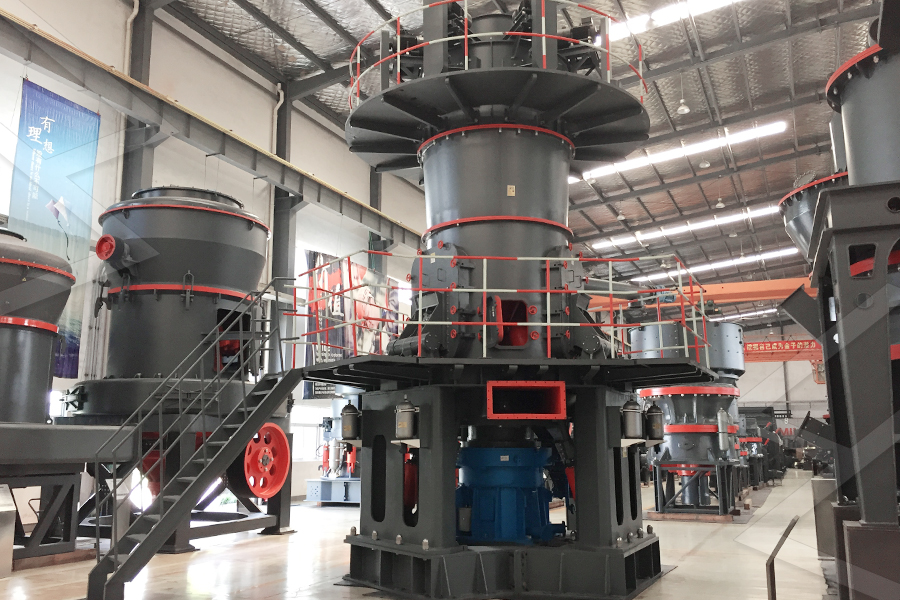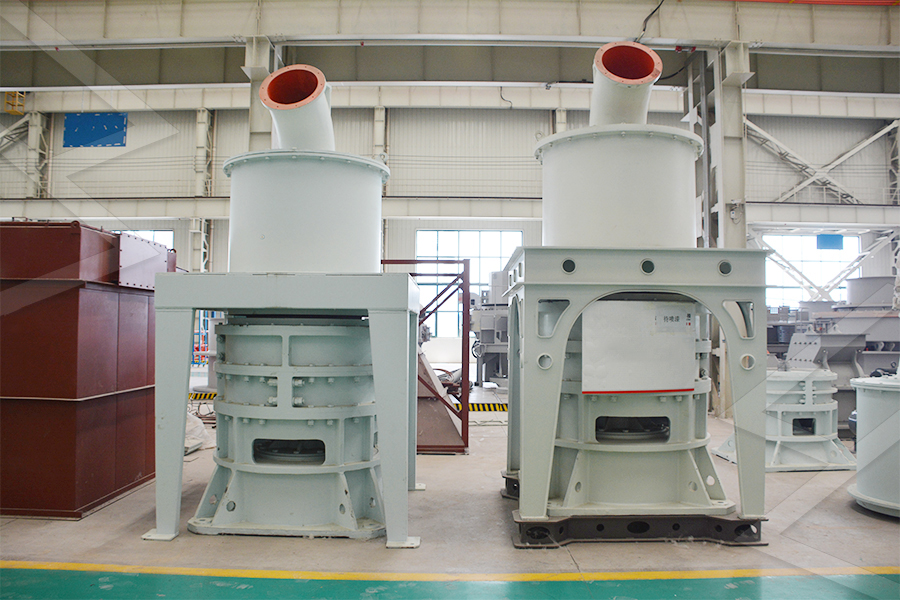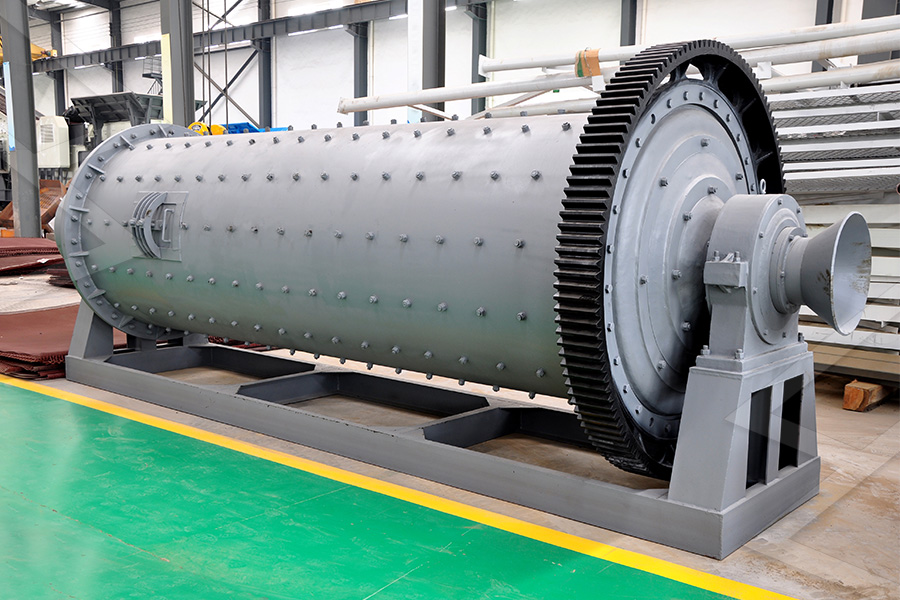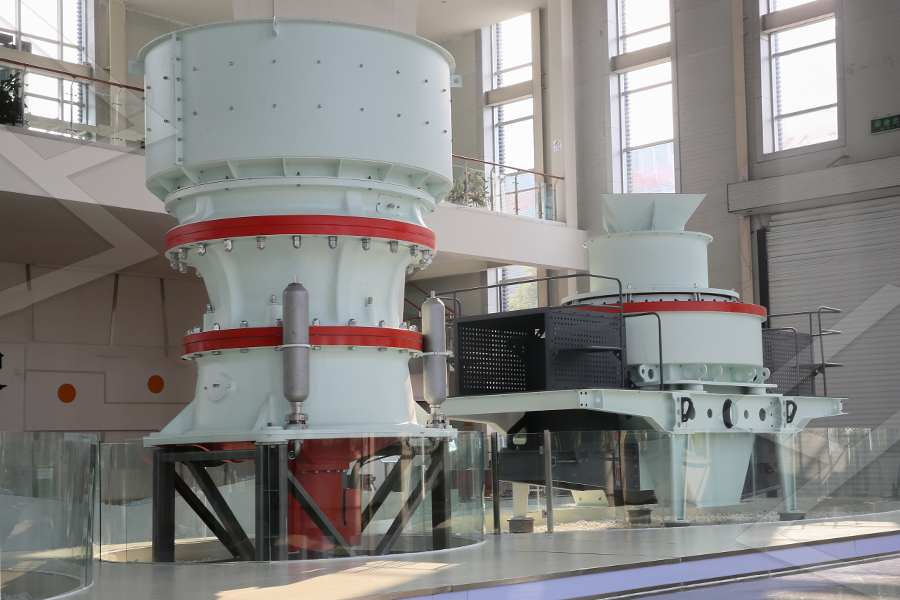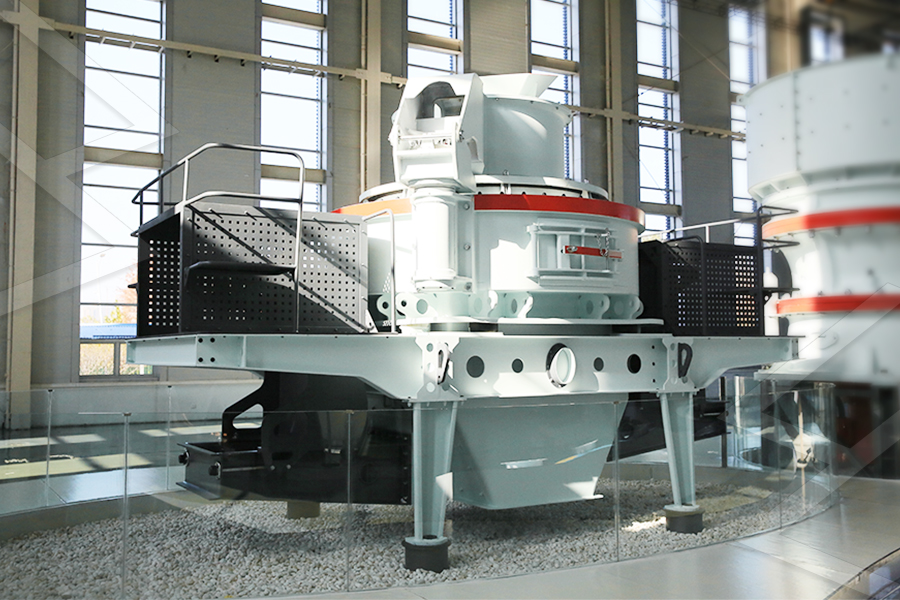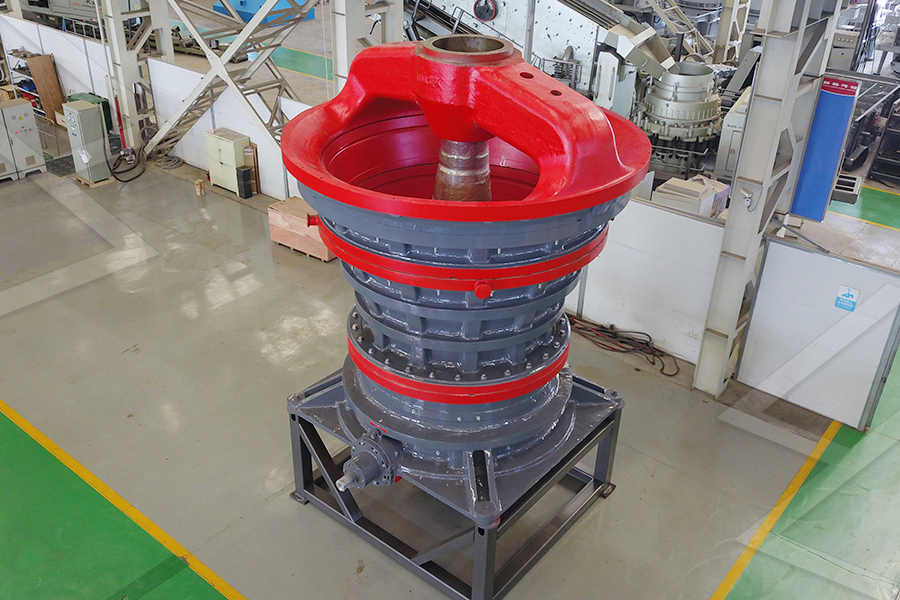Grinding Equipment and Process
The project uses a ball mill with a length of 6 meters and a diameter of 1.8 meters—selected for its ability to handle phosphate rock’s hardness (Mohs 5-5.5) and produce fine, uniform powder. The ball mill is filled with high-chromium steel balls (diameters 40-60mm) at a filling rate of 38%, optimizing grinding efficiency. The 10-15mm phosphate rock is fed into the mill via a screw feeder at 5 TPH, and the mill operates at 24 rpm—fast enough to create cascading motion of the balls, ensuring effective grinding.
To control fineness, the ball mill is equipped with a dynamic air classifier (installed at the discharge end). The classifier uses a variable-speed impeller (1800-2200 rpm) to separate particles: 320-mesh particles are carried by air to a pulse bag filter, while coarser particles return to the mill. A fan maintains a airflow rate of 1200 m³/h, ensuring efficient particle transport. The pulse bag filter has 150 filter bags (polyester) and achieves a dust collection efficiency of 99.92%.
Post-Processing and Quality Assurance
The collected 320-mesh powder is conveyed to a surge bin (100-ton capacity) to ensure a continuous feed to the fertilizer plant. Before transport, the powder undergoes a final quality check: (1) P₂O₅ content (XRF) to confirm 32-34%; (2) Particle size (laser analyzer) to ensure ≥98% pass 320 mesh; (3) Moisture content (halogen meter) to <2%. The fertilizer plant uses the powder in the “acidulation” process: mixing it with sulfuric acid to produce phosphoric acid (H₃PO₄), which is then reacted with ammonia (NH₃) to make DAP. Since using the project’s powder, the plant’s P₂O₅ conversion rate has increased from 90% to 96%, reducing raw material waste.
Environmental and Safety Measures
The project complies with US EPA regulations for phosphate processing: (1) Dust control: The pulse bag filter and closed conveyor system limit emissions to <15 mg/m³, meeting the EPA’s National Emission Standards for Hazardous Air Pollutants (NESHAPs); (2) Waste management: Overflow from the screening step (clay and low-P₂O₅ rock) is sent to a licensed landfill, while process water (used for equipment cooling) is recycled via a cooling tower; (3) Safety: Operators wear respiratory protection (N95 masks) and steel-toed boots, and the mill is equipped with an emergency stop system (triggered by excessive vibration or temperature).
